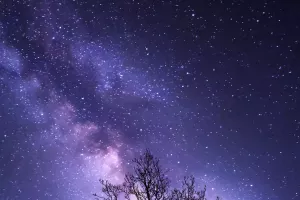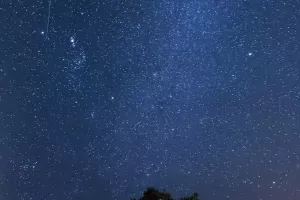Snow-capped mountains attract many outdoor enthusiasts, but climbing snow-capped mountains requires attention to many places. First, you must ensure your own safety. Snow-capped mountains can be divided into hiking-type snow-mountain routes and technical-type snow-mountain routes.
Trekking snow mountain
The route to the top of the mountain on foot. When hiking up a snowy mountain, you need to learn how to use crampons and ice axes. Snow walking and sliding braking are also skills that need to be learned. The biggest challenge of hiking on the snow-capped mountains is the problem of physical strength. Every time I visit the hiking-type snow-capped mountains, I also find that most of the mountaineers walk very slowly, and they are very hard during the whole process.
Mountaineering requires specific training like running, and of course, the weather is one of the elements of success, but it is an uncontrollable factor.
Technical snow mountain
In addition to the skills of hiking snow-capped mountains, various rope use skills and climbing skills should be added, which also involve different terrains, such as: alpine ice, mixed ice and rock terrain, and rock climbing terrain, etc., to increase the complexity of the route . In the face of such snow-capped mountains, in addition to physical strength, technology and knowledge are important elements for success.
Of course, the risk of climbing is also relatively increased, but it is also the favorite of most mountaineers.
Professional snow boots must be worn when climbing snow-capped mountains. First of all, snow boots can keep warm. In order to make it more convenient to walk in the snow, the materials are made of light and thin waterproof fabrics, which are filled with down materials to make walking in the snow more comfortable.
Be sure to buy a mountaineering bag, which can put tents, sleeping bags, daily necessities, etc. in it. Except for moisture-proof mats, walking sticks, and ice axes, the key lies in packaging skills.
When starting your first snow mountain, it is also necessary for beginners to find a guide with extensive experience. This person can be a professional mountain guide, a friend who has a lot of snow mountain experience and is familiar with the peaks you have climbed, or a local villager who has many summit experiences.
Choosing a snow mountain that suits you is also a very important step.
American mountaineer George Mallory once said: Because the mountains are there. Are you willing to challenge?


